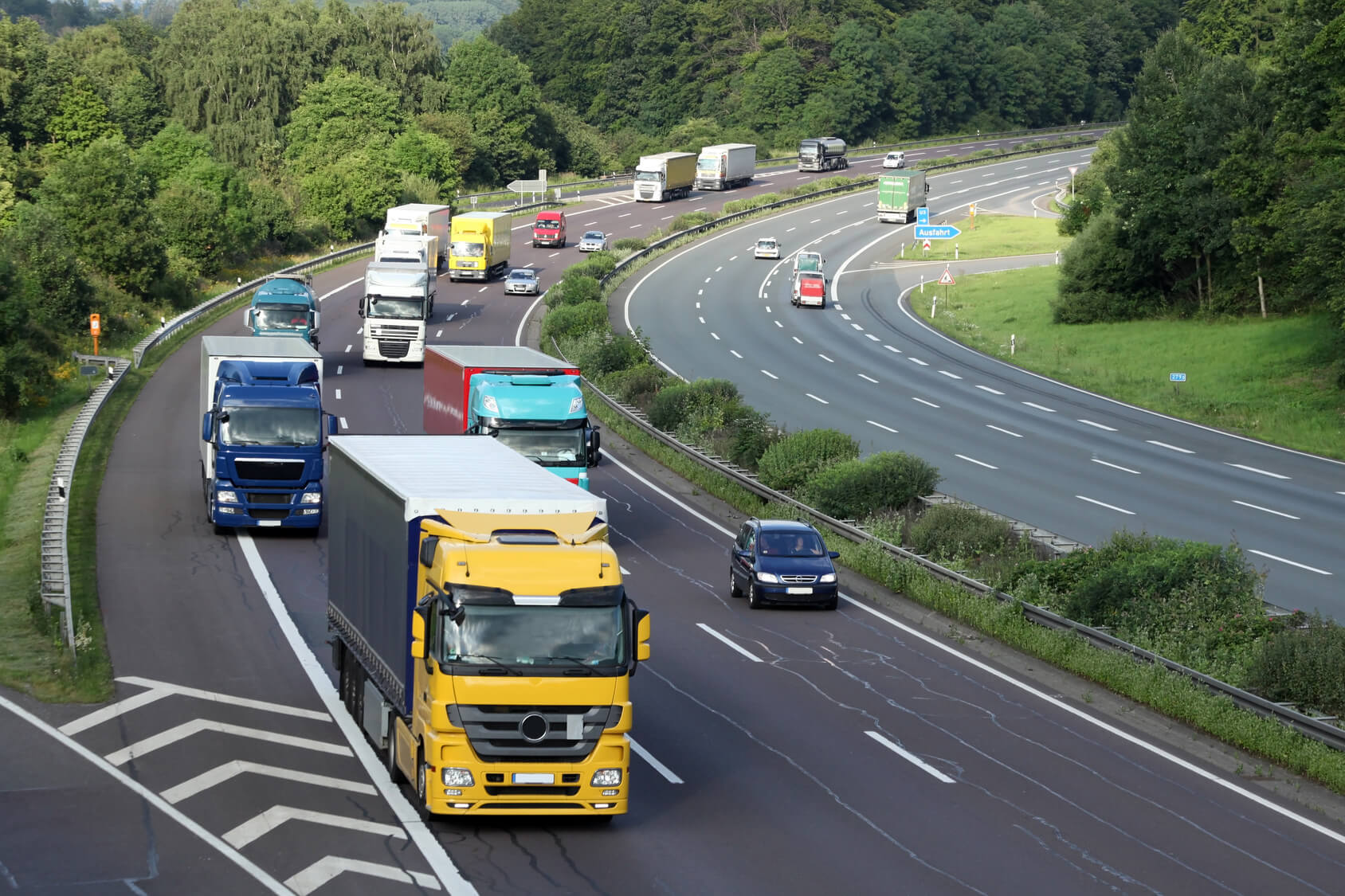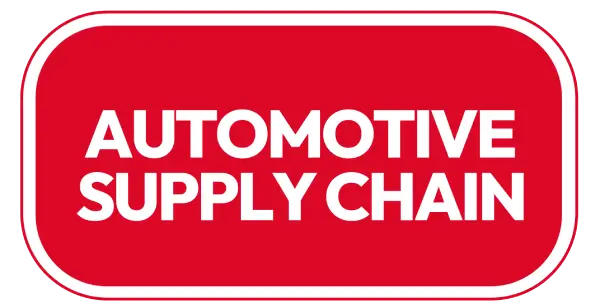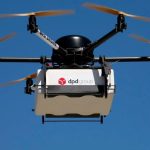In today’s interconnected world, business transportation stands at the crossroads of innovation and necessity. Whether it’s the global shipping of goods, urban delivery services, or employee commuting, transportation is the lifeline that keeps commerce flowing. As industries evolve and sustainability becomes a pressing concern, companies are transforming how they move products, people, and information. The modern business landscape is witnessing a shift toward efficiency, automation, and eco-conscious operations — redefining what it means to move forward in business transportation.
1. The Economic Backbone of Modern Business
Transportation has always been the backbone of economic activity. From supply chains to retail deliveries, businesses rely on the timely and cost-effective movement of goods to remain competitive. According to the International Transport Forum, global freight transport demand is expected to triple by 2050, driven by globalization, e-commerce, and population growth.
For businesses, transportation efficiency directly influences profitability. A well-managed logistics network reduces costs, minimizes waste, and ensures faster delivery times. In sectors such as manufacturing, retail, and construction, reliable transport systems determine how smoothly materials flow between suppliers, factories, and end customers. Any disruption — from fuel price spikes to geopolitical conflicts — can have a ripple effect throughout the economy.
To stay resilient, companies are increasingly focusing on building adaptive, tech-driven logistics systems capable of weathering uncertainty while meeting customer expectations for speed and reliability.
2. Digital Transformation in Transportation
Technology has revolutionized nearly every facet of transportation management. The rise of artificial intelligence (AI), big data, and Internet of Things (IoT) has enabled businesses to optimize operations with unprecedented precision.
AI and Predictive Analytics:
Artificial intelligence allows companies to forecast demand, optimize delivery routes, and reduce idle time. Predictive models analyze weather, traffic, and historical patterns to ensure timely deliveries. For example, logistics giants like UPS and DHL use AI to plan the most fuel-efficient routes, cutting costs and reducing carbon emissions.
IoT and Real-Time Tracking:
Internet-connected sensors on vehicles and cargo containers have made it possible to monitor shipments in real time. Businesses gain visibility into their supply chains, improving accountability and reducing losses due to theft or delays. This level of transparency has become a customer expectation, particularly in the age of e-commerce where “track your order” is a standard feature.
Automation and Robotics:
Warehouse automation and self-driving technologies are changing how goods are stored, sorted, and shipped. Drones are being tested for last-mile deliveries, while autonomous trucks could soon become a reality for long-haul freight. These technologies not only boost efficiency but also help address labor shortages in the logistics sector.

3. The Rise of Sustainable Transportation
Sustainability has emerged as a central focus for modern businesses, and transportation is one of the most significant contributors to global emissions. The transportation sector accounts for nearly 25% of the world’s energy-related CO₂ emissions. As governments implement stricter environmental regulations, businesses are seeking greener alternatives.
Electric and Hybrid Fleets:
Many companies are transitioning to electric or hybrid vehicles to cut down on fuel consumption and pollution. Corporations like Amazon and FedEx have announced major investments in electric delivery vans and charging infrastructure. Beyond reducing emissions, electric fleets also offer long-term cost savings as battery technology improves and fuel costs rise.
Alternative Fuels and Renewable Energy:
Biofuels, hydrogen fuel cells, and solar-powered systems are gaining traction in both road and maritime transportation. For instance, shipping companies are exploring ammonia and LNG-powered vessels to replace traditional diesel engines. These innovations contribute to cleaner air and align with global sustainability goals.
Supply Chain Optimization:
Sustainability in transportation isn’t just about the vehicles — it’s also about smarter logistics. Businesses are consolidating shipments, using local suppliers, and employing data-driven strategies to reduce unnecessary travel. Optimized route planning and load management can significantly lower emissions while improving delivery times.
4. E-Commerce and the Logistics Boom
The explosion of e-commerce has redefined transportation logistics. Consumers now expect rapid, reliable delivery — sometimes within hours. This shift has forced businesses to rethink distribution strategies and invest in “last-mile” solutions that bring goods directly to doorsteps.
Last-Mile Innovation:
The last mile of delivery is often the most expensive and complex part of logistics. Companies are experimenting with electric scooters, drones, and even robotic couriers to tackle urban congestion and delivery inefficiencies. Micro-fulfillment centers — small warehouses located in or near cities — allow businesses to store inventory closer to consumers and reduce delivery times.
Reverse Logistics:
Online shopping has also led to an increase in product returns, giving rise to “reverse logistics.” Efficiently managing returns is crucial for maintaining customer satisfaction and reducing waste. Businesses are using smart tracking systems and predictive analytics to streamline the process, ensuring returned goods can be restocked or recycled quickly.
5. Globalization and Supply Chain Resilience
While globalization has connected markets, it has also exposed vulnerabilities in global transportation networks. Events like the COVID-19 pandemic, the Suez Canal blockage, and geopolitical conflicts have highlighted how dependent businesses are on smooth, uninterrupted transport routes.
In response, companies are focusing on supply chain resilience — building flexible systems that can adapt to disruptions. This includes diversifying suppliers, regionalizing production, and maintaining larger safety stocks. Digital twins — virtual replicas of supply chains — allow businesses to simulate disruptions and test solutions before real-world implementation.
Additionally, trade policies and international partnerships are influencing how goods move across borders. Businesses must stay informed and agile, balancing global reach with local adaptability to remain competitive in a changing world.
6. The Human Factor in Transportation
Despite automation and digitalization, people remain the core of transportation. Skilled logistics managers, drivers, pilots, and maritime workers play an irreplaceable role in maintaining operational stability.
However, the industry faces challenges such as driver shortages and the need for continuous training. As technology evolves, so must the workforce. Companies are investing in upskilling programs that teach employees how to use digital tools, manage smart fleets, and understand sustainable practices.
Moreover, promoting diversity, safety, and fair working conditions is becoming an integral part of responsible business transportation. Companies that prioritize employee well-being often see higher productivity and stronger brand reputations.
7. Looking Ahead: The Future of Business Transportation
The next decade will bring even more dramatic changes to how businesses transport goods and people. Expect to see further integration of automation, data intelligence, and green technologies. Smart cities will feature interconnected transport systems where vehicles communicate seamlessly with infrastructure, optimizing routes in real time.
The concept of Mobility-as-a-Service (MaaS) — integrating multiple transport modes into a single digital platform — will reshape business travel and logistics. Companies will rely on data ecosystems to manage everything from fleet maintenance to carbon tracking.
Ultimately, the future of business transportation lies at the intersection of efficiency, innovation, and responsibility. Businesses that embrace technological advancement while committing to sustainability will not only cut costs but also build trust and resilience in a rapidly changing world.

Conclusion
Transportation is far more than movement — it’s momentum. In business, the ability to move efficiently, sustainably, and intelligently defines competitive advantage. From autonomous vehicles to electric fleets, from digital logistics to eco-friendly supply chains, the transportation sector is evolving at record speed.
As we navigate the road ahead, the companies that innovate responsibly will drive the future — steering global commerce toward a greener, smarter, and more connected tomorrow.







